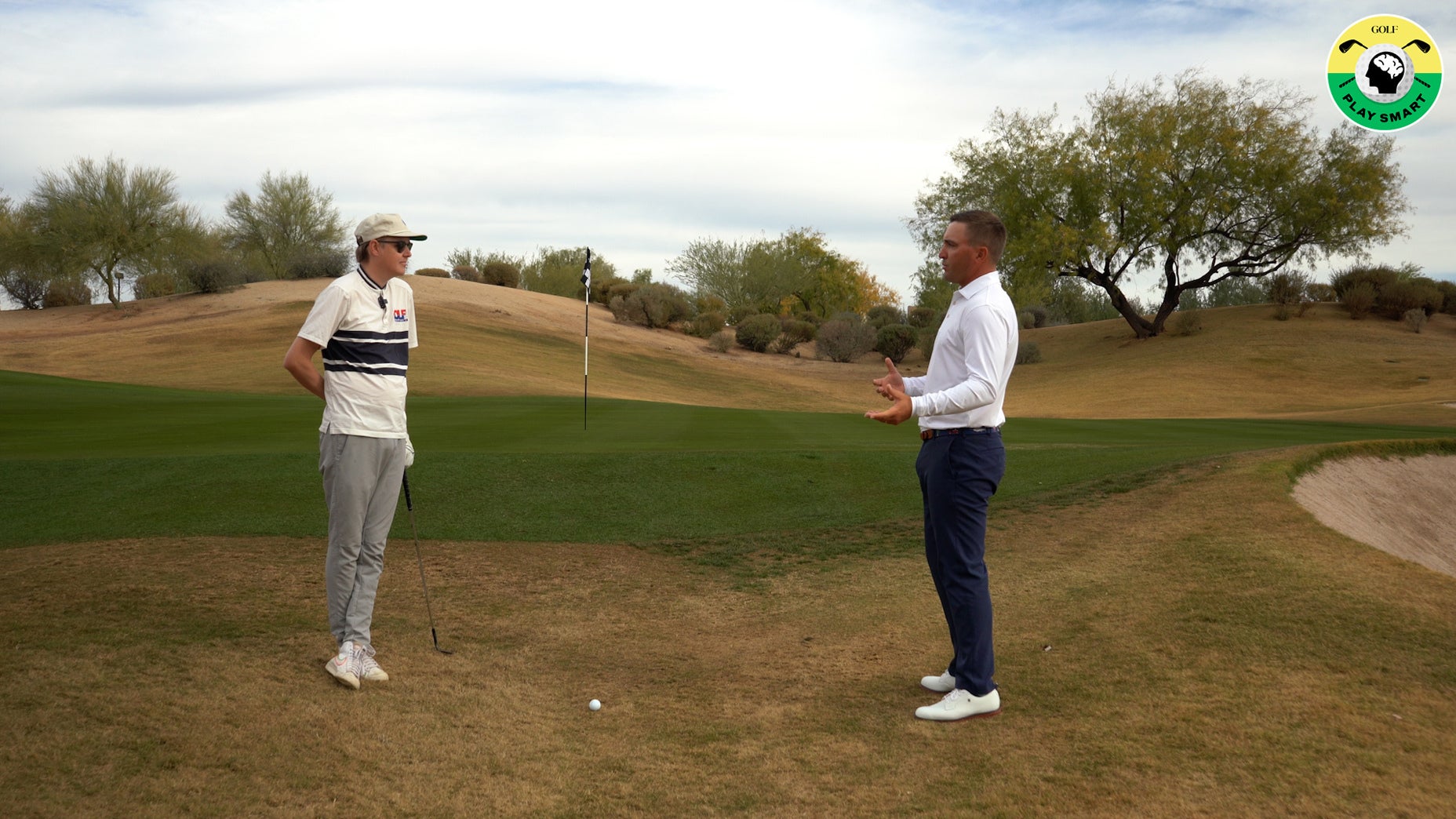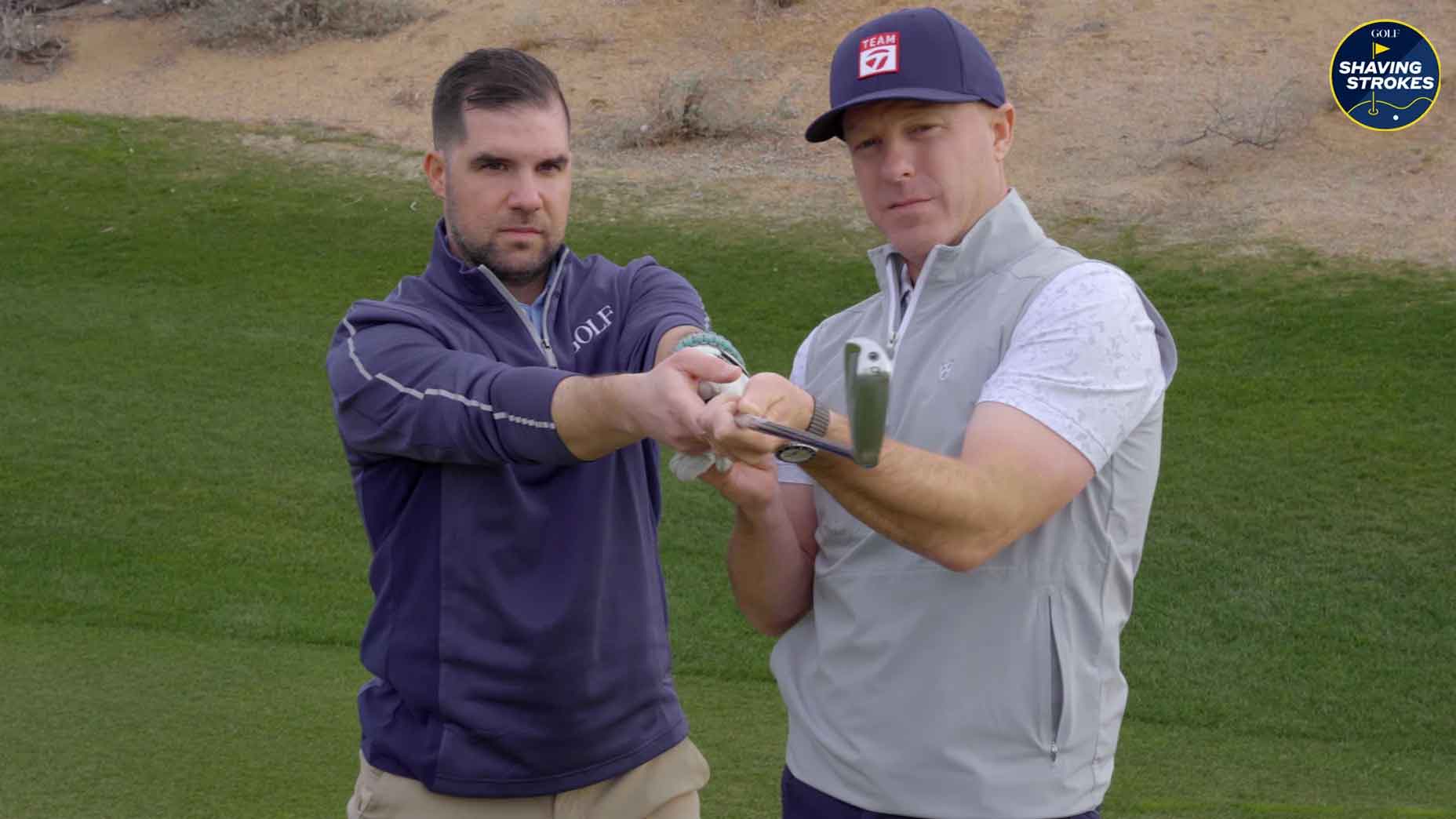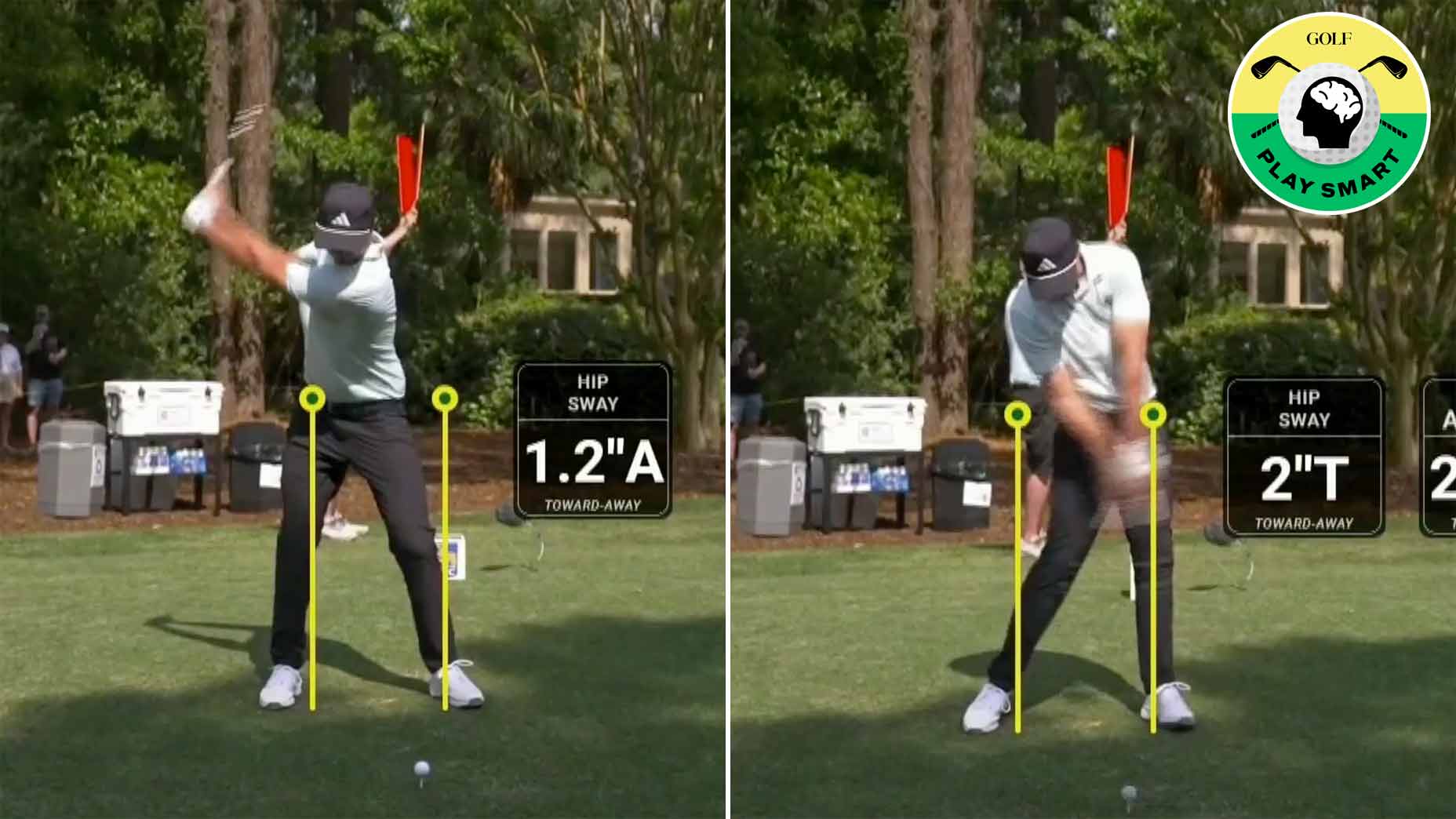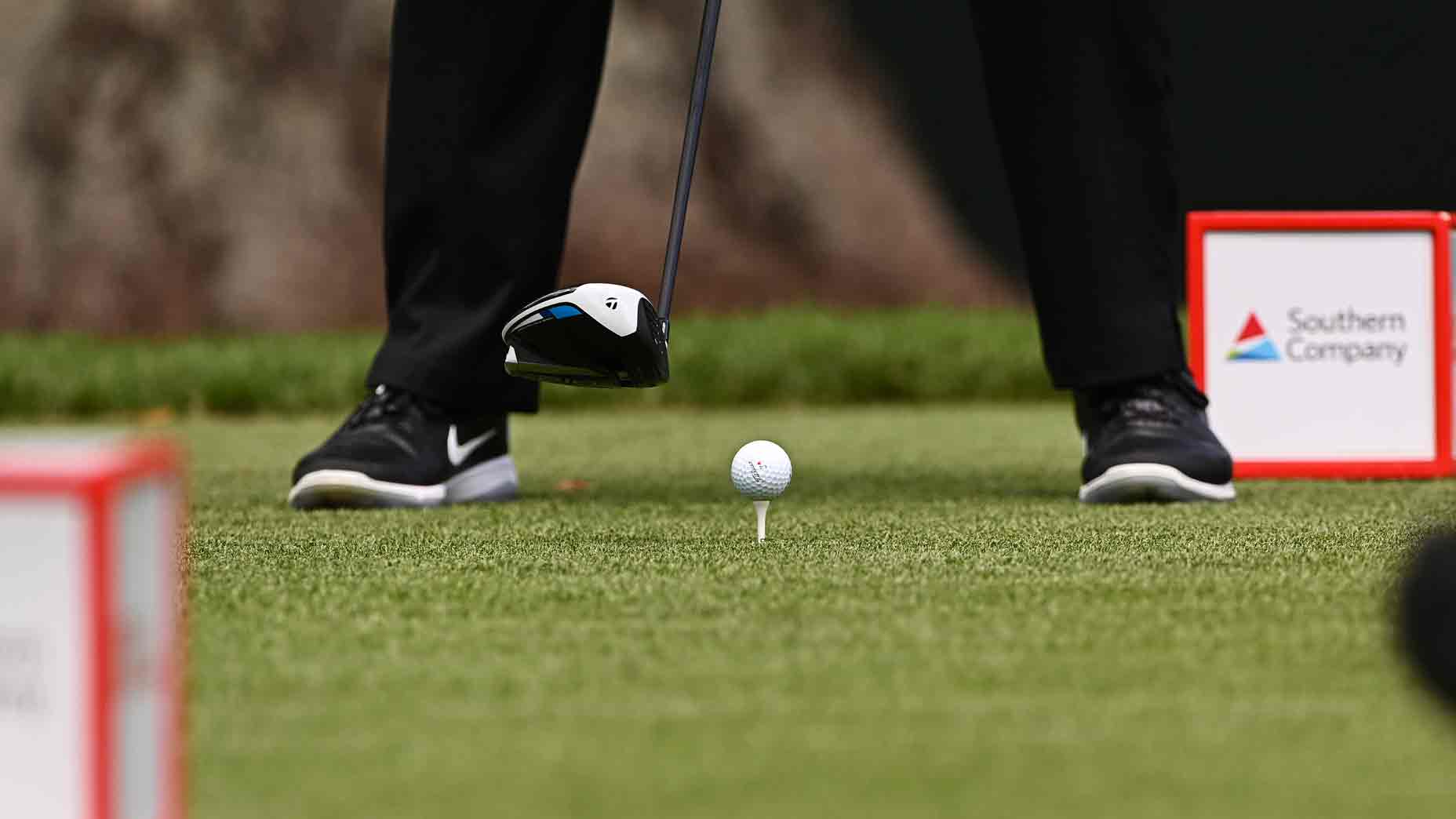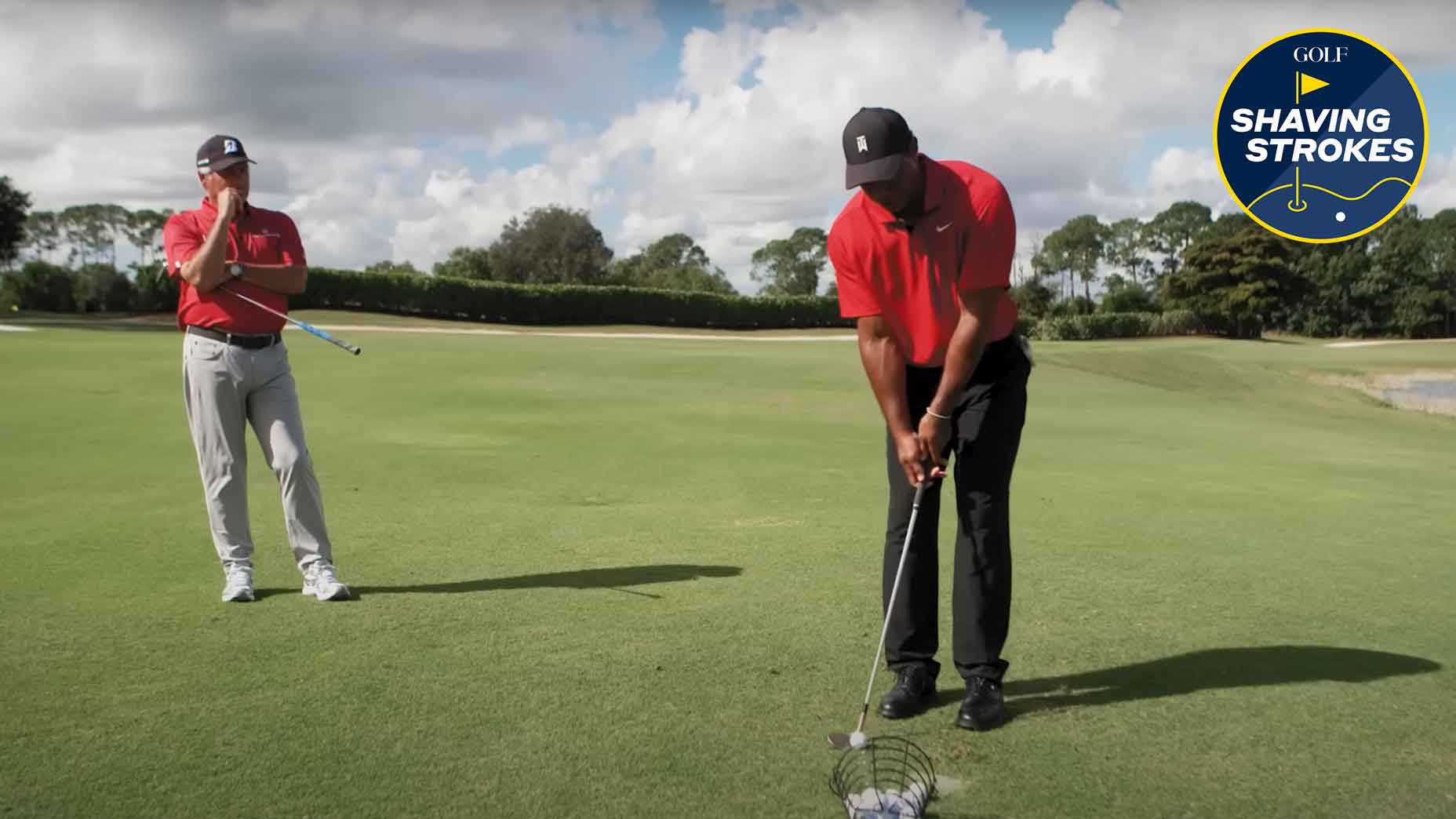 Tiger Woods, Fred Couples deliver masterclass on 50-yard wedge shots
Tiger Woods, Fred Couples deliver masterclass on 50-yard wedge shots
Skillest Coach: 3 things you need to understand to improve your golf swing’s release
Editor’s Note: Baden Schaff has been a PGA teaching professional for 17 years and is the co-founder of Skillest, a digital platform that connects golf students with golf coaches across the world for online lessons. To learn more about Skillest and to book a lesson of your own with Baden, head over to Skillest.com or download the app in the app store.
I was recently going through my Skillest profile, watching the golf swings of my various students around the world, when I noticed something of an epidemic: So many of my students are trying to “release” the club the wrong way.
Ask students how they think the correct release of the club is, and they’ll likely believe it to be a rolling of the wrists through the impact area. This unfortunately is the wrong way to think about the movement of the club during the swing. It leads to huge inconsistencies and relies a lot on timing
Now, there is no doubt that using your wrists during the swing can feel powerful. Students are often trying to use the weight of the club to ‘sling’ the clubhead for more power — but it often has the opposite effect. Excessive wrist action often leads to casting and flipping, a sure-fire you’re trying to generate speed the wrong way.
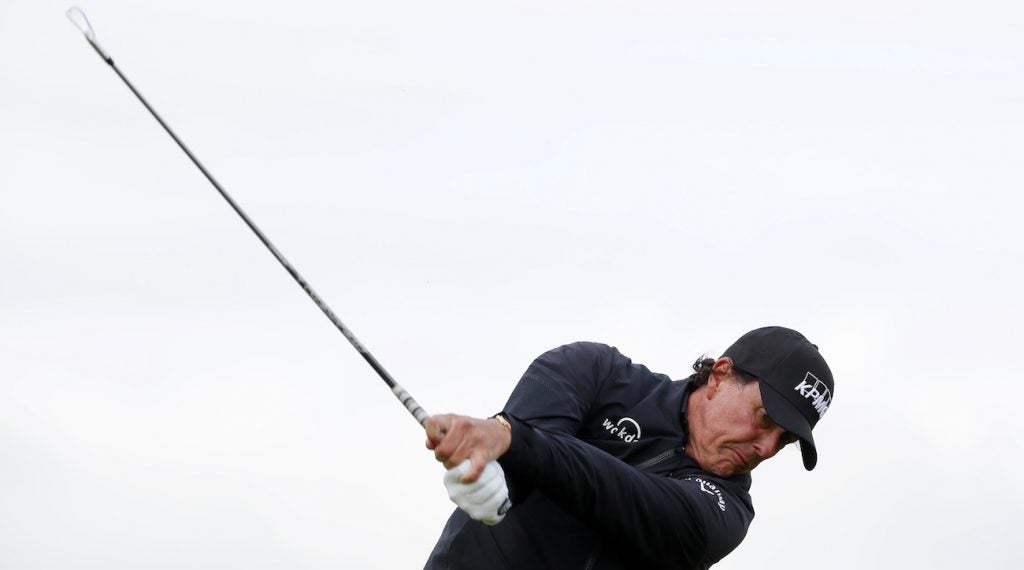
ADVERTISEMENT
So rather than using the wrists to swing the club you need to think about maintaining your wrist angles more consistently throughout the swing. This has many advantages, it means that you are using the true loft of the club, and then using your body to release the club. Ok so what the heck am I talking about? Let’s break it down.
- True Loft occurs when we maintain the original loft on the club throughout the swing. Golfers that use excessive wrist action never use or maintain the true loft of the club. It may be a 7-iron at address but by the time it’s half way back its a 3-iron and then we spend the downswing trying to increase the loft just to get the ball up in the air. Obviously this is hugely inconsistent.
- Maintaining stored energy or “lag” in the clubhead on the downswing is elusive for many golfers. Something that is critical to doing this is NOT accelerating the club head independently with your wrists. This can be hard to do as not accelerating the head can feel very weak. But using your wrists a lot on the downswing more often than not leads to casting, hitting from the top and excessive loft at impact. The opposite of what is powerful.
- Body releasing is what all great ball strikers have done over the years. The best release is not a rolling of the wrists but a moving of the arms in conjunction with a release of the body. This is a weak feel because the club head is not moving quickly in relation to the arms and body. But as I mentioned above you will be using stored energy, leverage and the true loft of the club. When you use your shoulders to bring the club around into impact you can be sure that the face will be presented consistently. Do it by manipulating your wrists at your peril.
https://www.instagram.com/p/B3WukqEFK43/
One of the best examples of this is Steve Stricker. I’ve always loved the way he maintains his wrist angles throughout the swing. It’s what has given him such longevity in the game and is what allows him to control his spin when hitting into the greens. More recently we have seen Bryson adopt a “wristless” motion and we have all seen how successful that has proven to be.
A great way to start is by working at your short game and building up to the longer clubs. I think you will find so much more consistency and an untapped power source that you didn’t know was there.
To learn more about Skillest and to book a lesson of your own, head over to Skillest.com or download the app in the app store
ADVERTISEMENT


